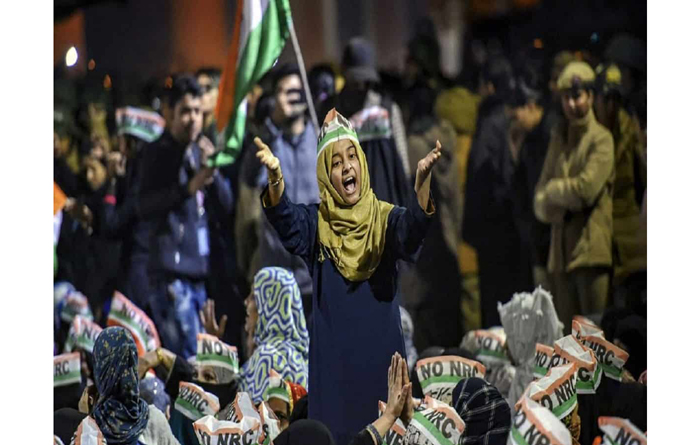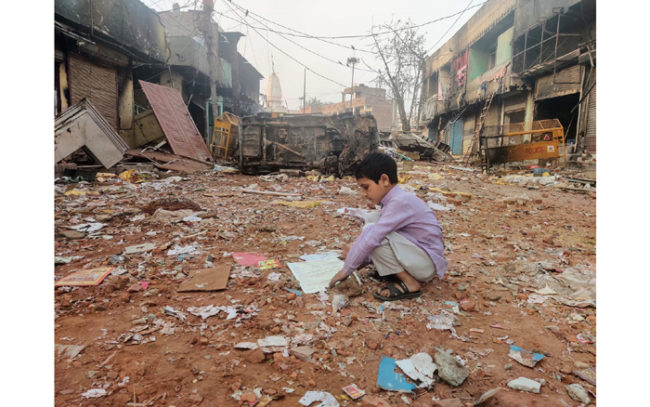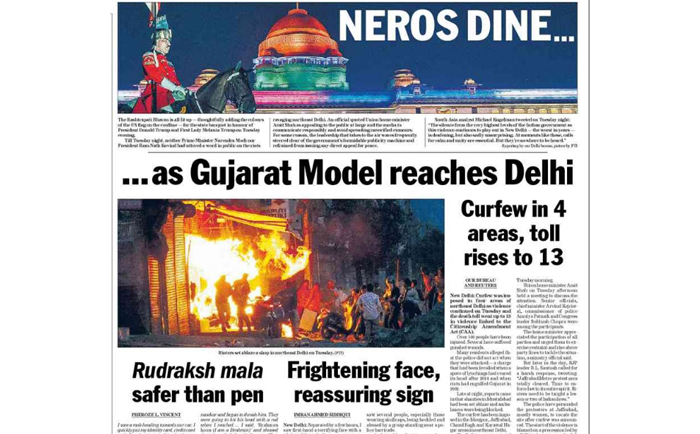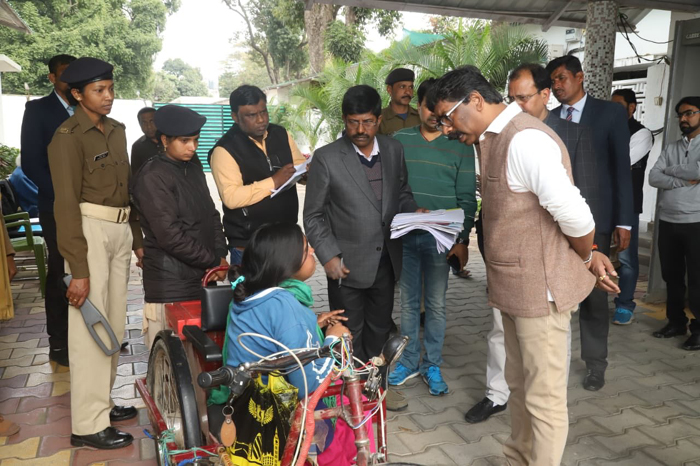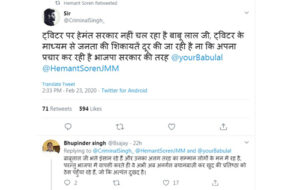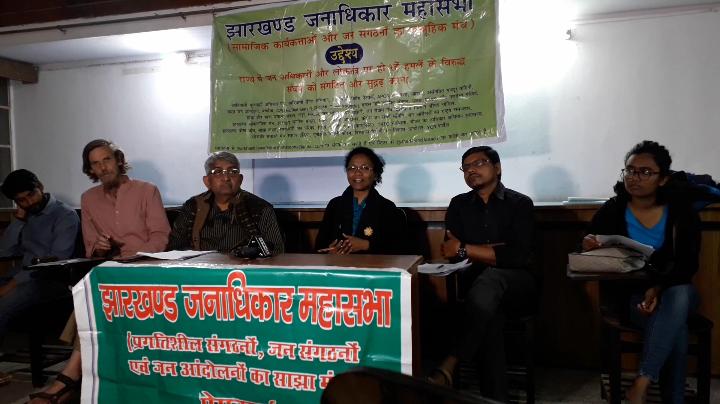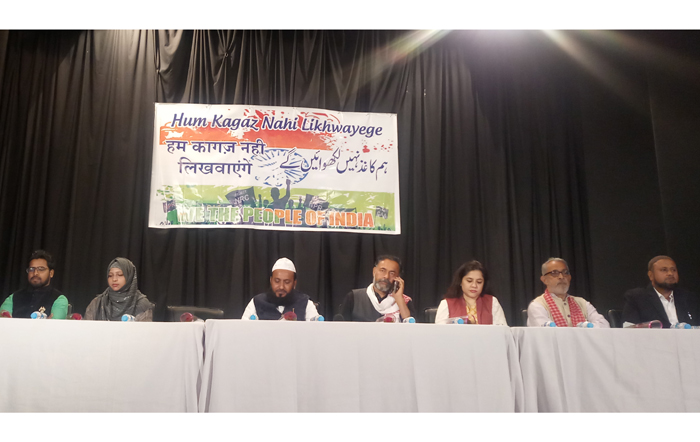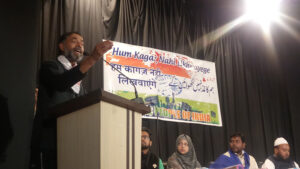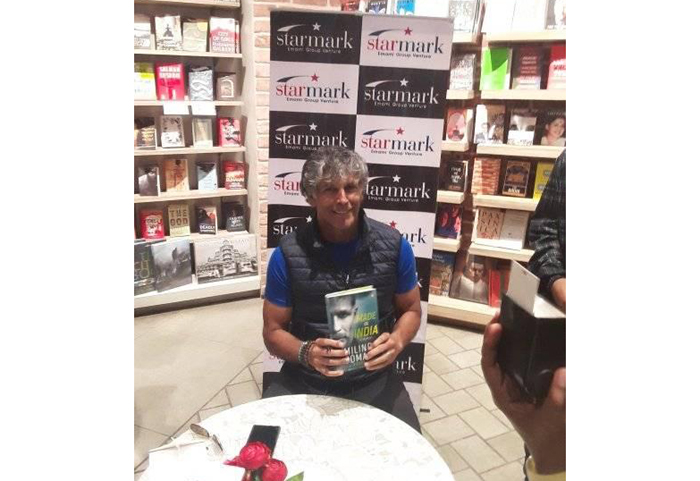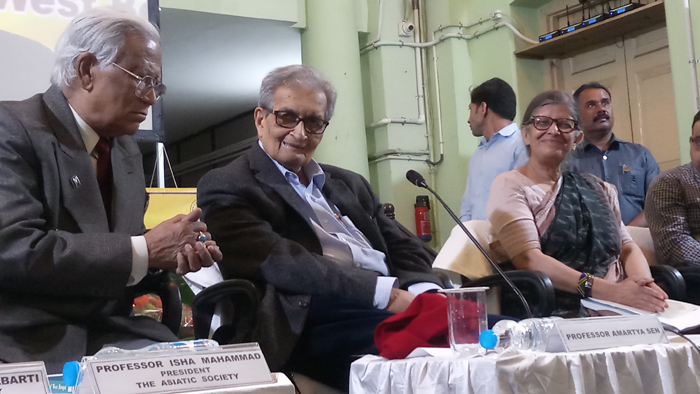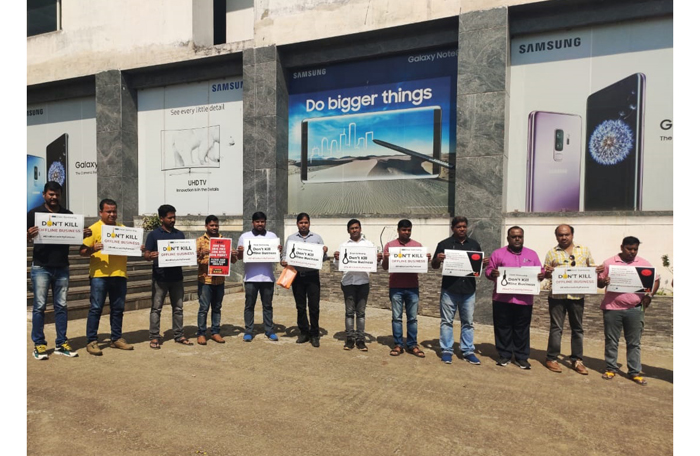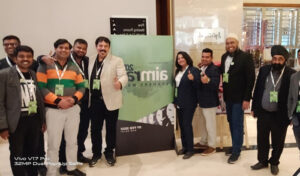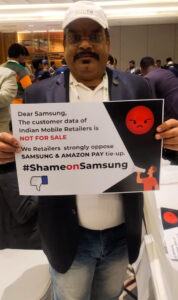[dropcap]O[/dropcap]n January 27, a day after Brazil’s president Jair Bolsonaro visited India for the Republic Day programme I along with a friend visited the sit-in protest organised by the local women at Seelampur.
As soon as I alighted from the metro station I asked around for the location where the sit in was being held. A local auto driver asked, ‘Aap Woh Protest Ke Liye Aaye Hai Na?’. I replied affirmatively. He immediately warmed up to me and asked where I had come from? One thing led to another and as I got off at the sight of the protest the man thanked me for standing by them during these testing times.
Now a month later I can only hope that he is safe or at least not injured. I can hope. As I entered the site of the protest which was a make shift tent structure made with plastic on the side of the road there were about 80-100 odd women sitting in protest against the implementation of the CAA-NRC-NPR.
These women belonged to all ages and some were even accompanied by their children. Upon inquiry we were told that they had been sitting for about 12 days by then. The roads that led to the site of the sit-in from the metro station were lined with food carts like dal pakora, briyani, aloo tikki among others. There was market right behind the site. As the evening Azaan approached a sudden scurry of movement was noticed. Women jousting around in the over populated tent towards the carpet laid out for the evening Azaan.
As namaaz was offered the women took their turns and eventually returned to their spots in the sit-in. Their voices hopeful that they shall win, their spirits undeterred by the rabble of confusion created by the police outside.
A local Pinjra Tod activist caught us up with how the sit-in had been organised and how it had been proceeding. One interesting fact about this sit-in was that it was entirely initiated and led by the women from the local areas of Seelampur and Jafrabad.
According to the activist the initiative began out as silent marches in the locality which were taken out in protest of the situation at Jamia Millia University. As the marches continued every other evening, so did the police interventions. Eventually one evening the police came in and picked up some local boys who were released a month later on unconfirmed charges. In one of the altercations a kebab seller lost his hand. All of this led the women to realise that they need to mobilise in different ways and register a larger protest.
After weeks of organising when they were about 700-800 women strong force they decided to start the sit-in. The sit-in is accompanied with sloganeerings, performance/poetry/inspirational speeches from different people and organisations that come in visiting. The women encouraged us to sloganeer with them and we gladly complied. The space was full of hope and I really believed that the conviction and strength with which the women had occupied the streets was undefeatable.
But the state which had all the machinery in the world to break common people’s lives down proved me otherwise. Today as I sit in the comfort of my home in Kolkata all I can wonder is how many of those women have lost their family members, or are running from streets to hospital? How many of them injured, how many of them raped? How many of them with broken, ransacked or burnt homes?
After spending three days with them, we left Seelampur after giving our aakhri Salaam. I returned to Kolkata but I will never forget the indomitable spirit of the women who occupied the streets and promised to continue till the law was amended and the policies were rolled back. The brute force utilised by the state will never be forgiven, far less forgotten. But what deserves a place in memory is the struggle of the women who left their ‘rasoi‘ to occupy the streets because they sensed the danger posed to their identities and their families. The sensed the upcoming violence which did arrive in due course of time. The women who lived their lives on the street for over a month, leaving the comforts of their homes should be remembered for their relentless battle, their patience and their perseverance.
One the third day as we were preparing to take our leave, we noticed a growing number of police patrols. Just observing, quiet, maintaining a distance, getting a lay of the land. I imagine at least some of them participated in the pogroms. I imagine they broke down CCTV cameras, I imagine they picked out the stones used by the Hindutva mobs for pelting, I imagine they beat people to sing the national anthem. I imagine those camouflaged monsters did all of this and worse. I imagine the women held their grounds, protected their families, kept running from room to room till there were no rooms to run into. I remember their powerful, resilient faces, smiling in the face of horrors and the possibility of their cries haunts me.
The possibility of their helplessness taunts me. The possibilities are endless. I witnessed the beginning of the end for so many stories or atleast the beginning of some evil person’s idea of the end. Yet, so many of those women have survived. That is how I will remember them. The women that led a battle on the streets, faced the terror of the state and survived.


